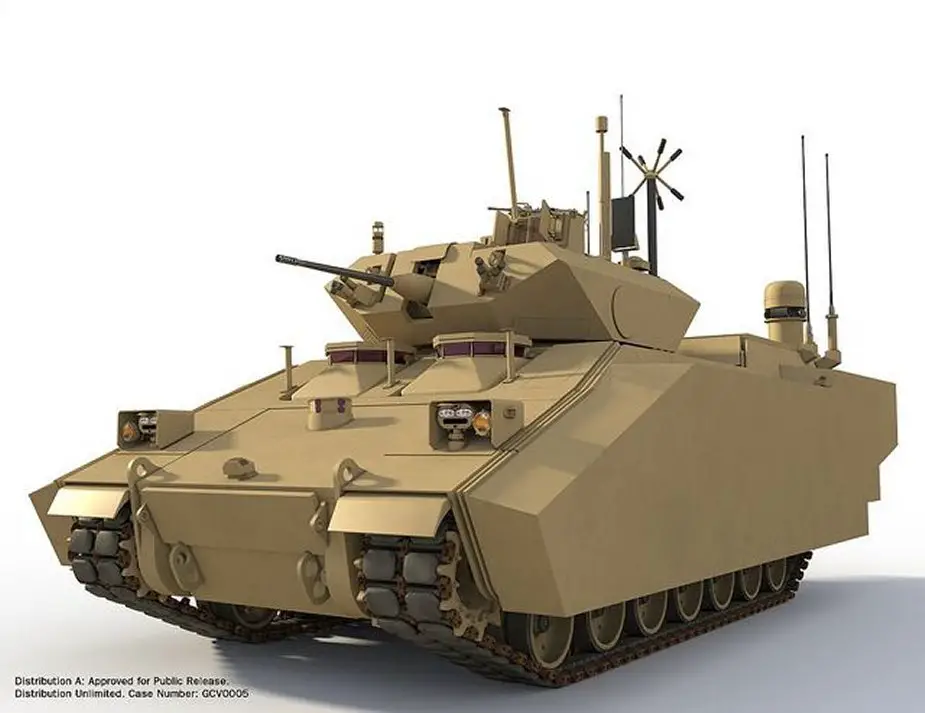Breaking news
The US Army needs new Combat Vehicles. IFV first..
It has been discussed for a while: the M1 Abrams and M3 Bradley need to be replaced by successors. Army Secretary Mark Esper announced that a top priority is given to the "new infantry fighting vehicle, which is what the first Next Generation Combat Vehicle (NGCV) will be." The challenge is immense, as it will also encompass remote control technology to an unprecedented level.

What will the U.S. Army's Next Generation Combat Vehicle look like? Here is a BAE Systems view of a future IFV concept (Picture source: BAE Systems)
The Bradley (like the Abrams) is getting older and older, hence the decision of the Army to rank its replacement as priority number 1, even if one can detect other vehicles, weapons, etc. of the armed forces that deserve this “number 1 priority” status: the NGCV is only one of the Army's six modernization priorities, which include long-range precision fires, Future Vertical Lift, a mobile network, air and missile defense, and soldier lethality, not mentioning the exoskeletons.
The first prototype of the NGCV was designed to carry a nine-soldier squad; it was powered by a hybrid drive engine for greater power, and equipped with an active protection system designed to defeat enemy missiles. It was weighed approximately 53 tons, roughly the weight of main battle tank. But once again, defense spending cuts forced the Army to cancel the GCV program in 2014. It left the Army with $100 million instead of the $592 million it had requested to continue developing the program.
Nevertheless, the Bradley remains to be replaced. This time, the Army plans to deliver the first manned and unmanned prototypes of NGCV by 2019. As expected, it will feature artificial intelligence to provide driver-assisted, 360-degree situational awareness as well as computer-assisted targeting and acquisition capabilities to help crew members make quicker decisions in combat, Army officials say.



















